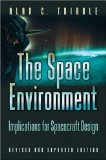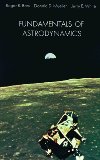NASA dicit:
NASA’s Dragonfly rotorcraft-lander is seen approaching Saturn’s exotic moon Titan in this animation. Taking advantage of Titan’s dense atmosphere and low gravity, Dragonfly will explore dozens of locations across the icy world, sampling and measuring the compositions of Titan’s organic surface materials to characterize the habitability of Titan’s environment and investigate the progression of prebiotic chemistry.
Video Credit: NASA/JHU-APL









 Subscribe to blog posts using RSS
Subscribe to blog posts using RSS










